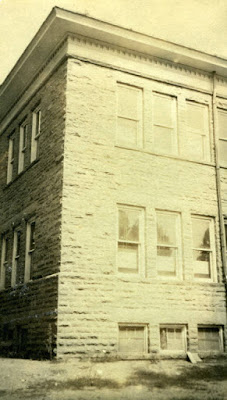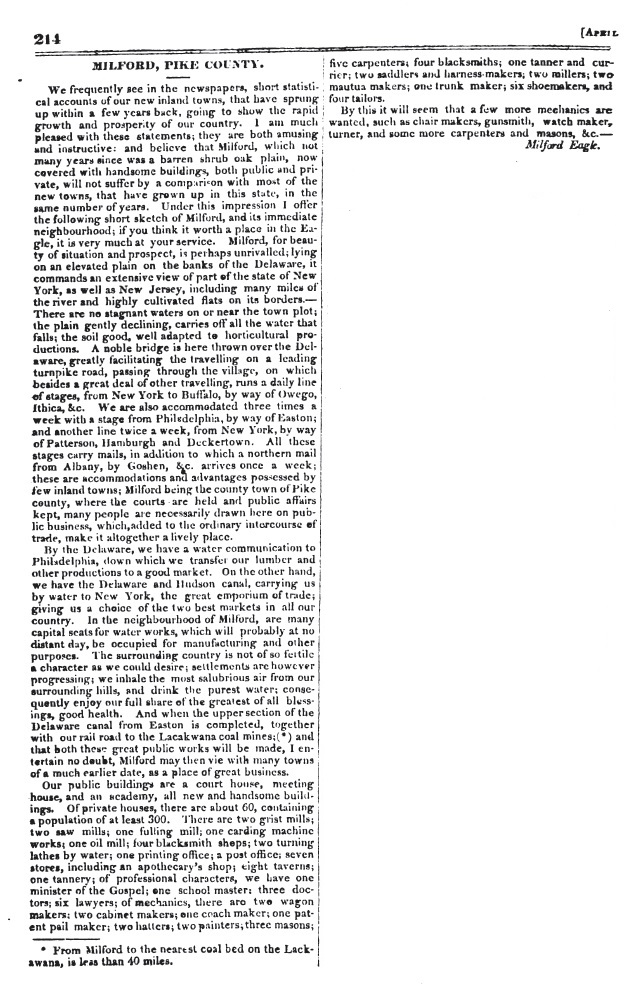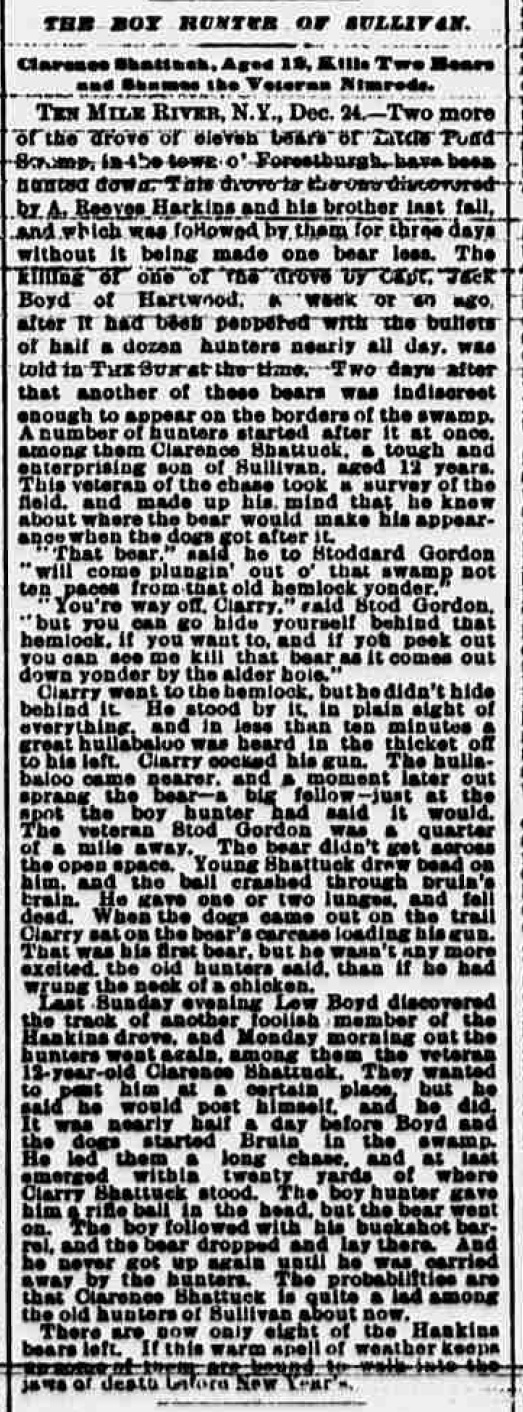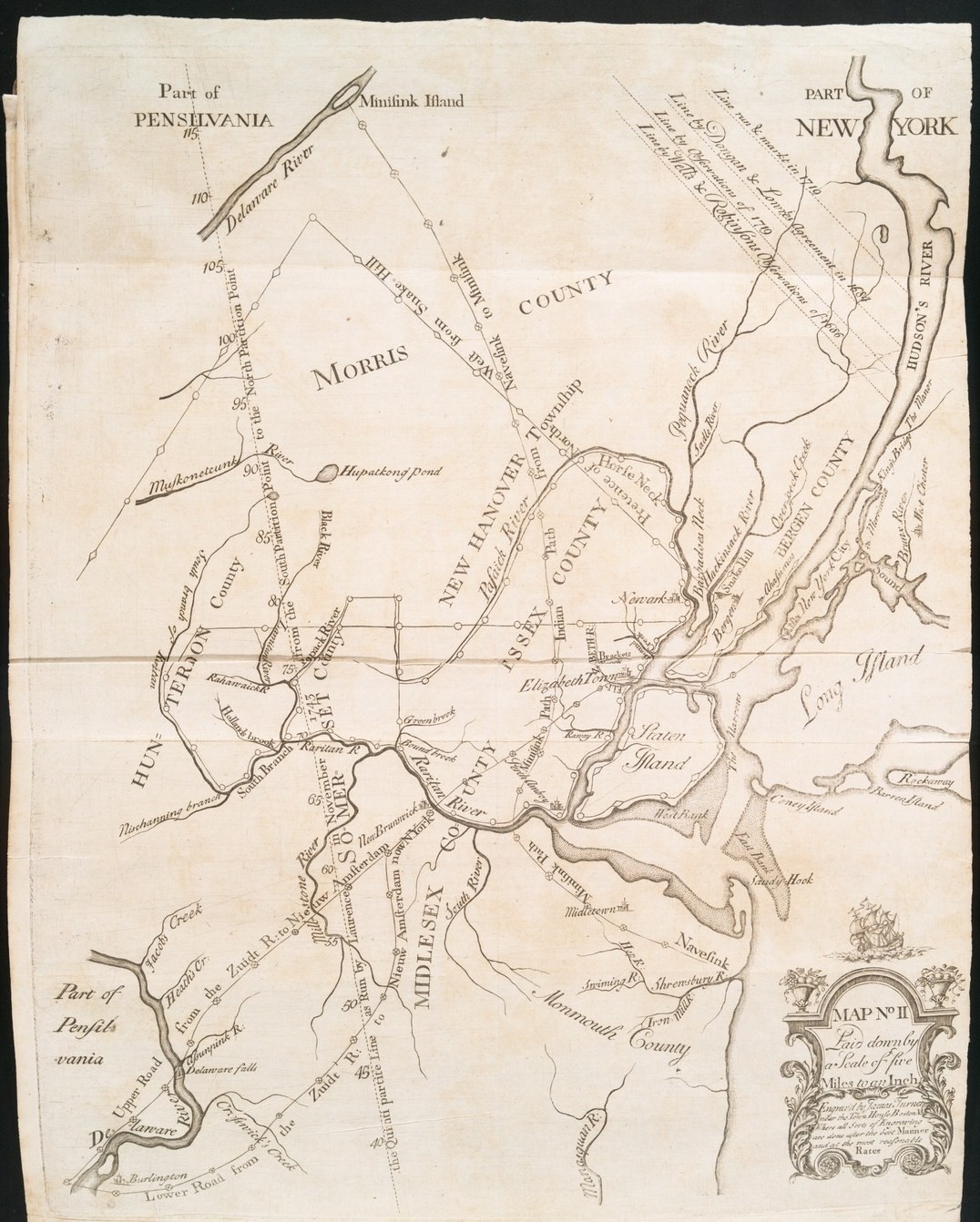All in all it ends up with people crossing rivers in search of a livelihood, burying a neighbor, attending a wedding, growing old or giving birth. Sometimes the mist lays heavy across the water obscuring the view and sometimes the sun rises and burns through the fog.
The tale of the "Widow Ennes," Magdalena Van Etten, who married and buried Lt. Benjamin Ennes, and long rumored to have followed their children up the tributaries of the Susquehanna River into New York State has proved out.
 |
| Last Will & Testament of Magdalena Ennis, of Spencer, Tioga County, N. Y. |
"...I give and bequeath to my Eldest son Alexander Ennis whom I likewise Choose, and constitute, make and ordain my only and sole executor, of this last will and testament One Sixth part of my property also to have full power to ___ the money due from the State of Pennsylvania and to be allowed a fair and reasonable compensation for all his trouble and expenses as executor for all business..."
Magdalena further wills portions of her property to "my second Son Johones Ennis," "my two daughters Elizabeth Decker and Mary Ennis," "my third son Emanuel Ennis," "my fourth son Benjamin," "my son in Law Abraham Decker," and lastly, "my son in Law Wilhelmus Ennis" (husband of daughter Mary).
The Witnesses to Magdalena's Last Will and Testament of February 9, 1819 were Isaac Swartwood, Hannah Vangorden and Aiusy (?) Ennis. Magdalena left her mark, whether out of illness or illiteracy is unknown, beside the signature "Magdalanah Ennis" of this record made by Robert Lawrence, Esq. Within months, by the 17th of November of that year, Magdalena would be dead.
May she rest in peace.
~~~~~
Sources:
"New York, Probate Records, 1629-1971," images, FamilySearch (https://familysearch.org/pal:/MM9.3.1/TH-1951-24591-15644-25?cc=1920234&wc=Q7PJ-HZ3:213301801,213928801 : accessed 22 September 2015), Tioga > Will and Proceeding index 1800-1936 vol A > image 49 of 196; county courthouses, New York.
"New York, Probate Records, 1629-1971," images, FamilySearch (https://familysearch.org/pal:/MM9.3.1/TH-1951-24597-10914-34?cc=1920234&wc=Q7PG-MNP:213301801,213948601 : accessed 22 September 2015), Tioga > Wills 1818-1840 vol C-D, 4, 8 > image 34 of 478; county courthouses, New York.
"New York, Probate Records, 1629-1971," images, FamilySearch (https://familysearch.org/pal:/MM9.3.1/TH-1951-24597-11195-29?cc=1920234&wc=Q7PG-MNP:213301801,213948601 : accessed 22 September 2015), Tioga > Wills 1818-1840 vol C-D, 4, 8 > image 35 of 478; county courthouses, New York.
Related MVG articles:
The "Widow Ennes," Magdalena Van Etten, of Delaware Township, 1798
The 1780 Account of the Battle of Conashaugh
The Battle of Conashaugh Affidavits




















































